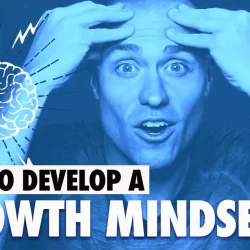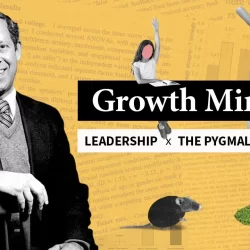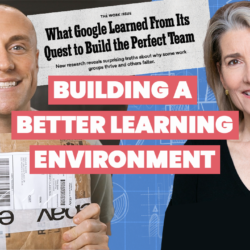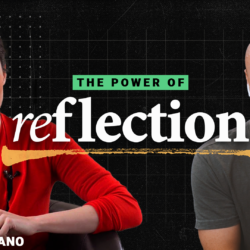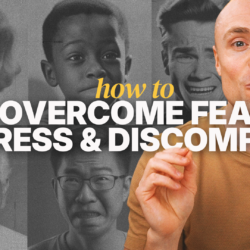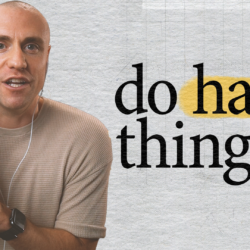by Trevor Ragan and Alex Belser | Podcasts | Fear & Resilience
Emotions, Learning, and Resilience
The way we traditionally look at emotions can hurt our capacity to grow. To become a better learner we need to change our perceptions of emotions, learn to feel them, understand them, and to work with them rather than against them. Marc Brackett joins to explain his work and fantastic book, Permission to Feel. Susan David shows us how to build Emotional Agility.
Featuring:
Susan David – Psychologist: Harvard Medical School
Marc Brackett – Director: Yale Center for Emotional Intelligence
Key Points
Traditional messaging about tough emotions
The two main narratives around tough emotions tell us to either: “toughen up/don’t feel” or to “just stay positive and happy.”
These may seem like different approaches but the underlying message is the same: tough emotions are bad and that we should not feel them. This causes lots of problems.
Type 1 v Type 2 Emotions
Type 1 = how we feel when something happens
Type 2 = are feelings about our feelings
We’re anxious for being anxious, ashamed for being scared, sad that we are angry, etc… When we believe the narrative that tough emotions are bad and then we’re in a situation where we feel them, Type 2 emotions are likely to spring up.
Approaches to dealing with pain
When we believe it’s bad to feel bad and we’re in a situation where we do feel pain – we try to find ways to get rid of them. Common approaches include:
Bottling
Brooding
Offloading
Blaming
Avoiding
Denying
Suppressing
Hiding
Think of these as ‘pain relievers’ they temporarily dull the pain but the rarely address the root cause. These rob us of opportunities to grow, usually don’t work, and often amplify the pain.
Changing our perceptions about emotions:
There are no good or bad emotions. Some are obviously easier to feel than others but they’re all normal to feel. This seems like a simple adjustment but there are three big benefits:
1. Less likely to get caught in a Type 2 spiral
2. Less likely to engage in pain relievers
3. More likely to learn from situations where we feel tough emotions
It’s ok to feel. Feelings are for feeling. They can be important and useful signals if we’re skilled with them.
Building blocks of becoming emotional skilled
1. Feel – We have to give ourselves permission to feel all feelings. It’s ok to feel bad. You have to feel it to heal it. Emotions are data not directives.
2. Label – Be specific. In order to grow we need to identify what it is we’re actually feeling.
3. Get Curious – The emotional judge looks at emotions as static and rigid. They’re either good or they’re bad and we can’t really change them. The scientist gets curious. “What am I feeling, where is it coming from, why might I be feeling this emotion?” These questions help build our emotional intelligence, and get to the root cause of the feeling.
Leadership do’s and don’ts
Modeling matters a lot. In order to help others build emotional agility we must develop the skill ourself.
When we’re working with someone who is in pain our goal should be to help them feel seen, not to immediately try to fix them. Give them permission to feel, help them identify what it is and where it’s coming from when the time is right.
There’s no timeline
Depending on what we’re going through this process could take months, weeks, days, or minutes. It’s not easy but these tools can help.
Therapy
“A great place to work through things like this is with a trained professional. Therapy has been one of the most powerful experiences of my life and I would highly recommend going if you can.” – Trev
Quick Links
Susan David
Emotional Agility by Susan David
Checking with Susan David (podcast)
Marc Brackett
Permission to Feel by Marc Brackett
Marc Brackett and Brene Brown (podcast)
Alex Belser
Trevor Ragan

